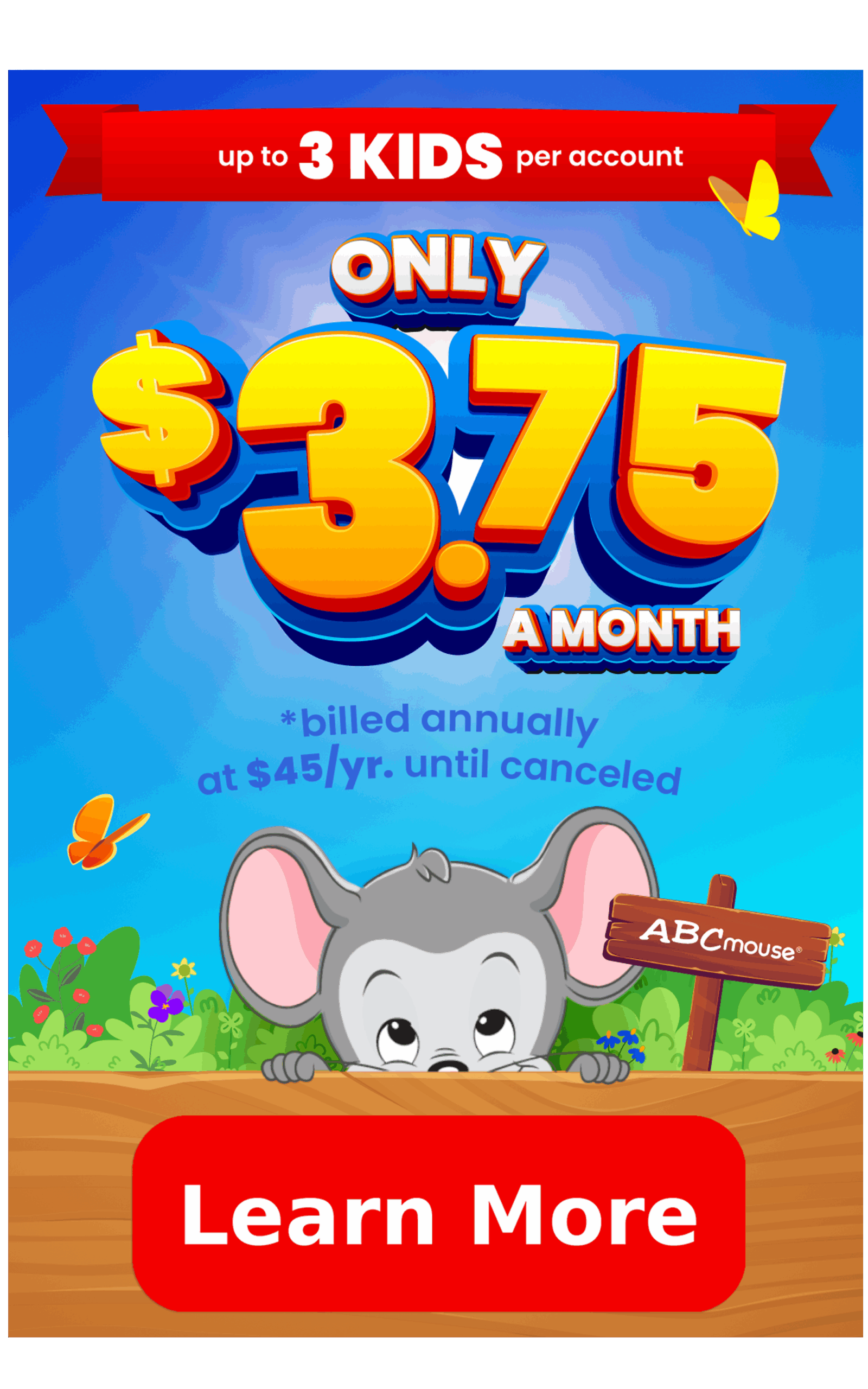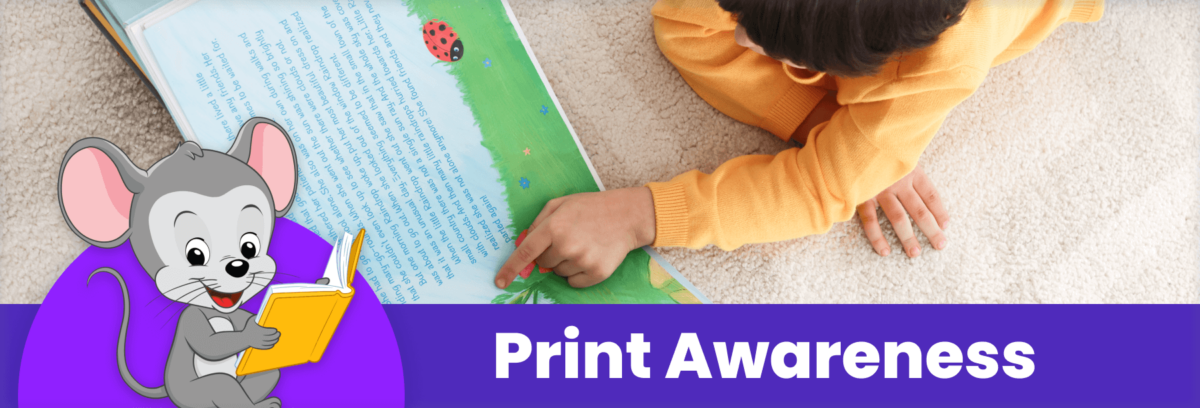
What is Print Awareness, and Why Does it Matter?
Learn why print awareness is important and gain helpful tools to aid your child in developing print awareness.
Learning to read is a foundational life skill, and a truly exciting time for every child. But before they begin the more formal process of learning the alphabet and discovering phonics, kids start with pre-reading skills, including print awareness. Here’s what that term means, and how to teach it.
What is Print Awareness?
Print awareness is the understanding that written language has meaning, and corresponds to spoken language.
Think of it like learning the “rules of the road” for reading. Before you ever get behind the wheel of the car, you have to know in which direction traffic flows, what various street signs and signals mean, and how to navigate.
Print awareness is similar: kids learn important pre-reading rules about what printed language looks like, what a book is and its various parts, and the differences between letters, words, and sentences. It’s the precursor to the formal science of reading skills they’ll develop next, such as phonemic awareness and phonics.
Why is Print Awareness Important in Early Childhood Education?
Trying to learn to read without print awareness is like trying to learn to drive without knowing which way traffic flows, what road signs mean, or how to get where you want to go. Without foundational pre-skills, the whole process is much harder.
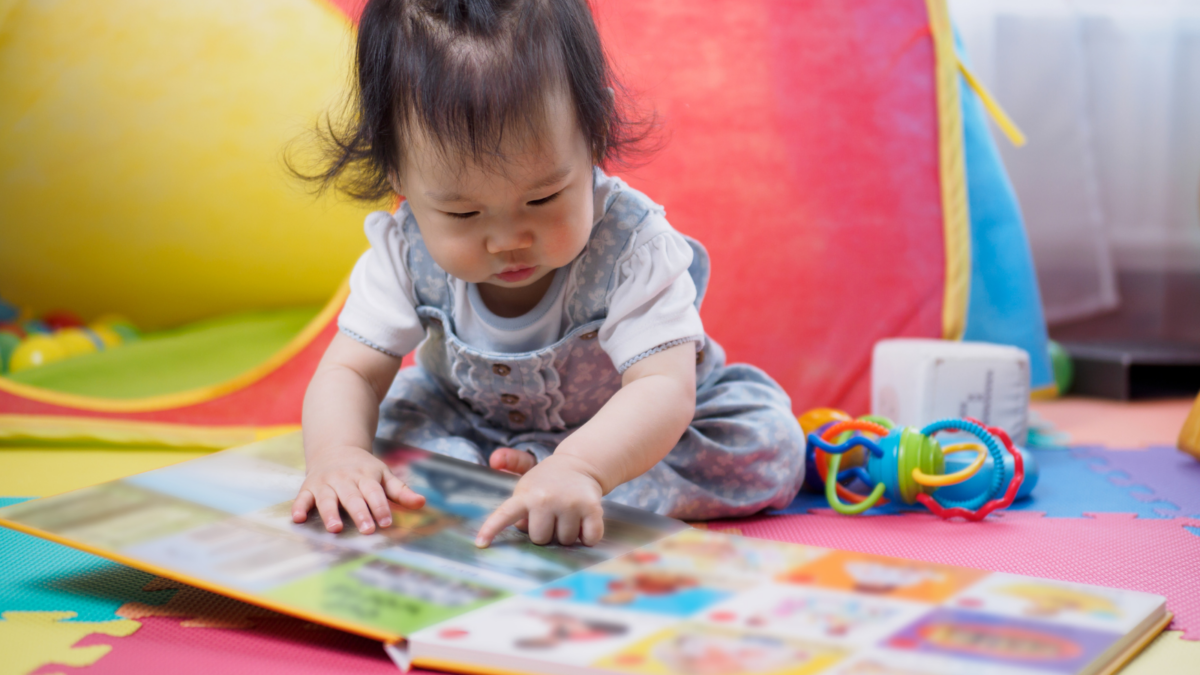
Early childhood educators have noted that print awareness is a good indicator of academic success. Those with strong print awareness at a young age usually find it easier to learn to read, and are often more eager to learn as well.
They feel more confident about handling books and examining print materials in general, and this encourages them to feel comfortable exploring and building formal reading skills.
Print Awareness Skills and Examples
Here’s what print awareness encompasses, and what those skills look like in practice.
Awareness that Print Has Meaning
As a child develops print awareness, they begin to recognize that letters and words carry specific meaning.
They can distinguish between a series of random shapes and lines of print, even though they don’t know the individual letters yet.
Understanding the Relationship Between Print and Spoken Language
When kids make the connection between written and spoken language, they demonstrate an understanding that printed words and spoken words have the same meaning.
A child who has print awareness recognizes that when someone reads them a story from a book, they are saying out loud the words that are printed on the page.
Recognition of Different Forms and Purposes of Print
Books are just one form of print; we’re actually surrounded by the printed word all day long.
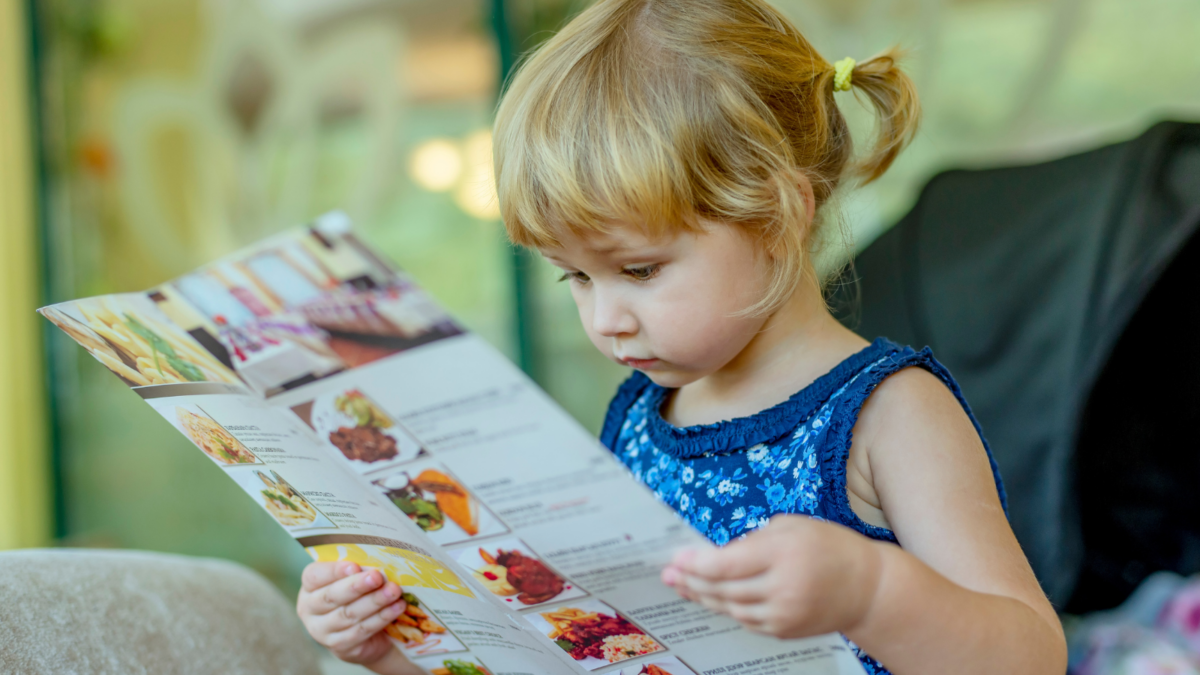
Kids with print awareness recognize that signs give you information about your location, menus show what foods are available, labels tell you what something is, and so on. They demonstrate this by recognizing store or restaurant logos or opening a menu to “decide” what to eat at a restaurant.
Knowledge of Print Conventions
In English, we read text from left to right, top to bottom. We hold closed books with their spine to the left, and flip the pages from right to left. Kids who recognize these conventions can open a book at the beginning, follow lines of text with their finger in the right direction, and turn the pages appropriately.
Recognition of Letters and Words
As kids begin to learn their letters, they also discover that words are made up of these individual letters. They recognize that we have uppercase and lowercase letters in English, and learn conventions like using an uppercase letter to start a sentence.
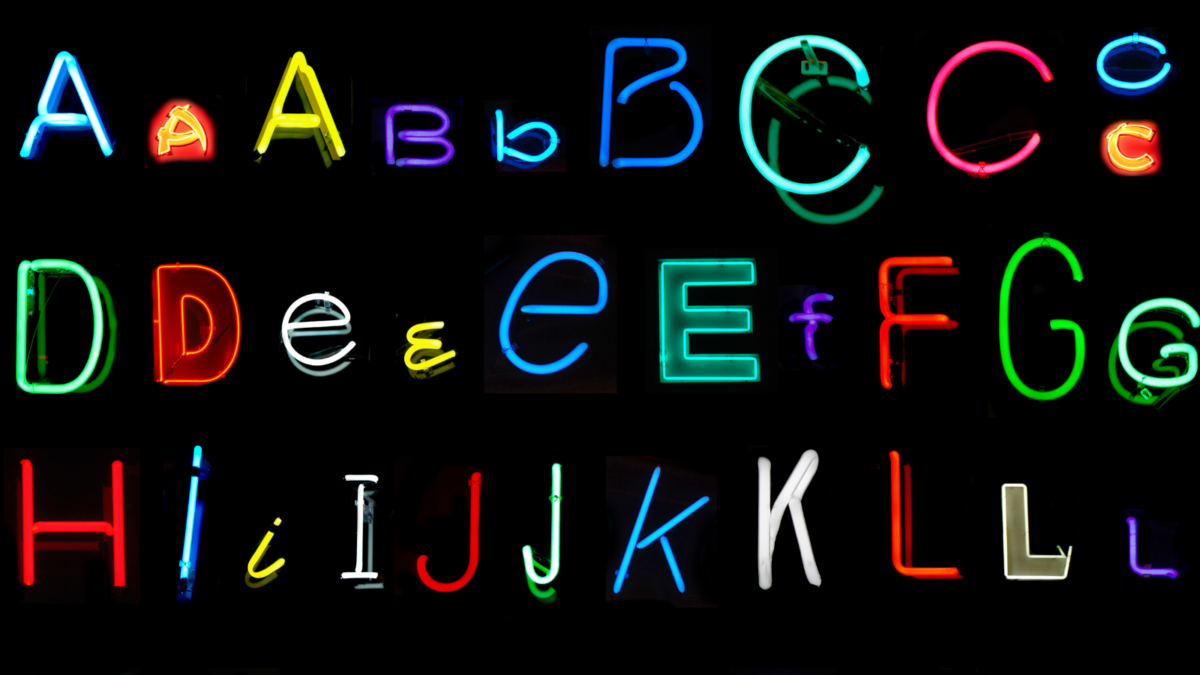
They also begin to identify punctuation marks and their purpose. Children with these skills can point out the first and last word in a sentence, identify uppercase and lowercase letters on the page, and show you punctuation marks like periods and question marks.
How Can I Help My Child Develop Print Awareness?
Kids develop a lot of print awareness simply by watching the adults in their lives. The more you model reading in your daily life, the more interest your child will take. When children see reading as a valuable and important skill for grown-ups, they’ll want to learn that skill too.
That means all reading is good reading, any time and anywhere.
Riding in the car? Point out signs and read them out loud to your child.
At the grocery store? Show them their favorite foods and the packaging or signs for them.
Watching TV? Read text out loud when it appears on the screen.
All these things help build the connection between spoken words and printed words, and show little learners the different purposes and types of printed materials.
Print Awareness Activities
Looking for practical and creative ways to work on print awareness? Try these activities!
Read-Alouds
Reading aloud to your child is one of the very best ways to build print awareness. Try using predictable patterned books, where the text is repetitive and often rhymes. This style of book is engaging for pre-readers and early readers alike, as it helps them build confidence in their ability to understand a story and start relating it to the written words on the page.
Make your read-alouds even more meaningful by taking time to:
- Look at the covers of a book, identifying the author and illustrator.
- Guess what you think the book might be about based on the title and pictures.
- Show them how the pages turn from right to left, and when they’re ready, have them turn the page each time.
- Follow along with the words using your finger, or even better, help your child use their finger to follow along instead.
- Count the number of pages, and see how they match up to the page numbers.
- Point out letters, words, sentences, and punctuation.
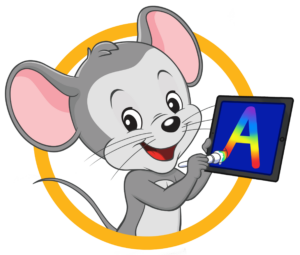
Then just $14.99 a month until canceled
Book Parts Hunt
Write the following parts of a book on notecards and mix them up. Then, have your child choose a book and pull the cards one by one. As you read out the item on the card, ask them to show you that item in the book.
Here are some parts of a book for Preschool and Pre-Kindergarten:
- Front cover
- Back cover
- Page
- Word
- First word of the book
- First word on a page
- Title
- Top of the page
- Bottom of the page
Here are some parts of books for kindergarteners to identify:
- Author and Illustrator Names
- Page number
- Period
- Question mark
- Exclamation point
- Sentence
- Beginning of a sentence
Digital Storybooks
Try a digital storybook program or app that reads out to your child while highlighting the words on the screen one-by-one. This is a simple way to entertain them and build print awareness at the same time.
Label the Room
Grab some more notecards, and go around the room with your child asking them to name various items. As they say the names, write them on the cards and then attach them to items. It’s okay that your child can’t read the words yet; the important part is that they understand the words on the cards represent the words you say out loud, and represent the items they’re attached to.
Printed Materials Matchup
Gather up some printed materials, like books, newspapers, menus, advertising flyers, letters, pictures of signs and logos, etc. Place them in a pile, then ask your child if they can find the right item for things like “choosing what to have for dinner,” “reading a story,” “learning about the news,” and so on.
Word-Picture Pairs
Make a set of cards with pictures of items on one half, and the words for those items on the other. Give your child the picture cards, then pull the word cards one by one. Read out the word to them, then ask them to find the matching picture card. Lay the pairs out side-by-side to emphasize the correspondence between an item and its written word.
Write their Words
Have your child draw a picture about anything they want, as long as it tells some kind of story. Then, have them tell you what’s happening in the picture, and write down their words as they do. Show them what you’ve written, and explain that the marks on the page are the same as the words that they just said.

Library Visits
There’s no better place to learn print awareness than the library! Explore all the different types of books and print media like magazines and newspapers. Take note of the posters on the walls, signs around the room, even the names on librarian name tags. The more you surround your child with print, the more comfortable and confident they’ll be when it’s time to learn more formal reading skills.

How Can ABCmouse Help My Child Develop Print Awareness?
Through a self-paced program of lessons, games, videos, and more learning activities, ABCmouse’s expert-designed curriculum helps build important preschool skills like print awareness, alphabet letters, letter-sound correspondence, and more.
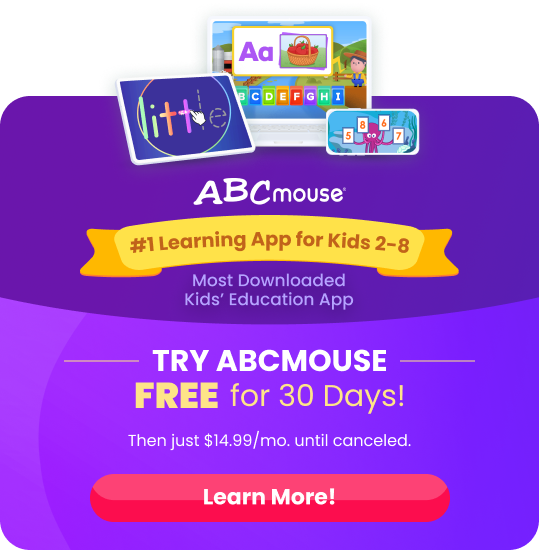
Learn how ABCmouse can help your preschool child be better prepared for kindergarten here, then join today to get started on a lifetime of learning!


